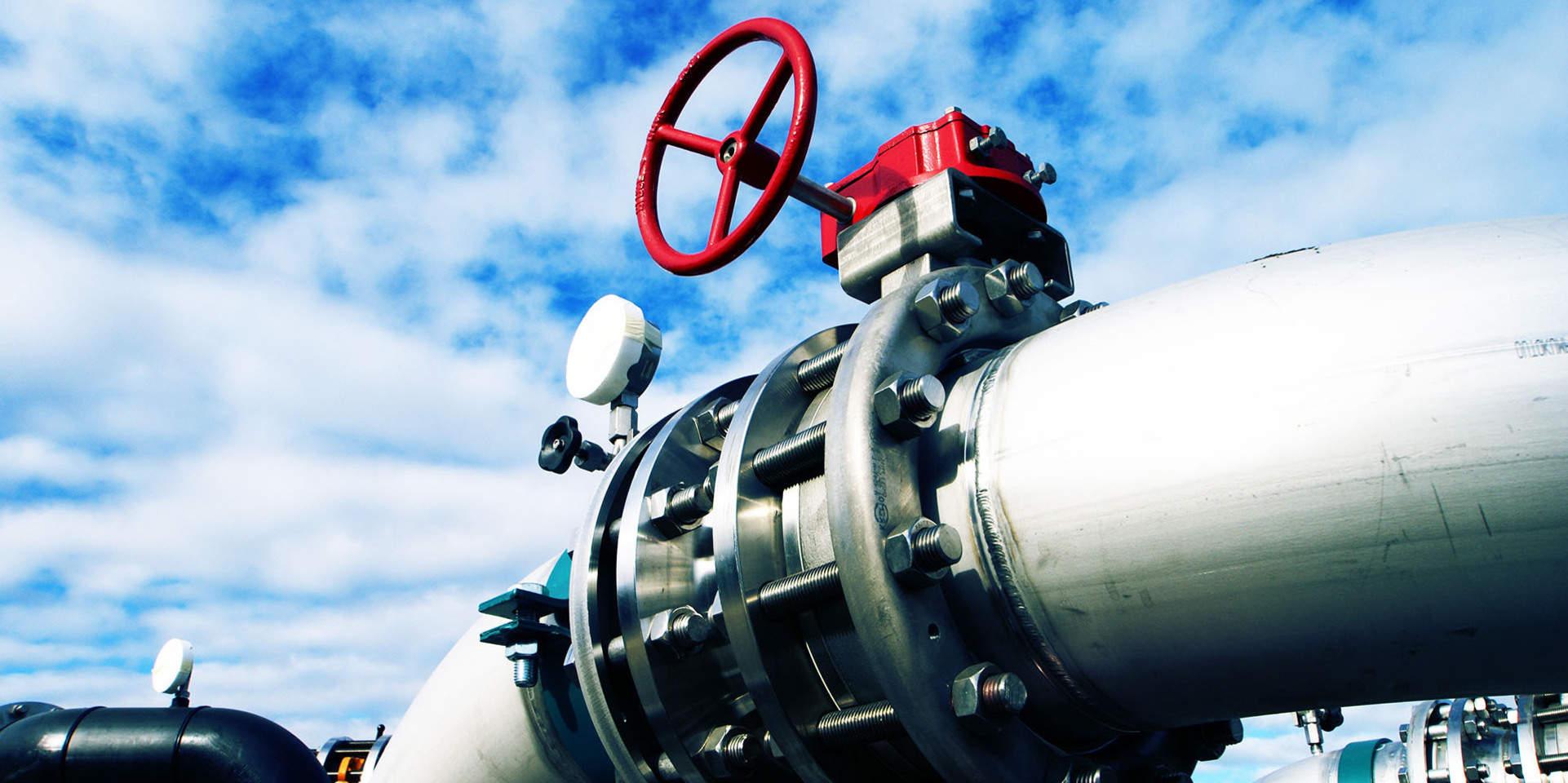While last week Baku celebrated the 25th anniversary of the Shah Deniz Production Sharing Agreement and the prospects for gas production were discussed in Azerbaijan, at the St. Petersburg International Economic Forum (SPIEF) (June 2-5), representatives of fuel exporting countries sounded the alarm about the threat of a global shortage of hydrocarbons. Moreover, this will happen shortly. And while for the hydrocarbon importing countries, it is a rather dangerous forecast, the exporters have a good reason to deepen exploration work, to look for new deposits.
The bigger, the better
“The increase in oil and gas reserves in recent years has been at historic lows, and a certain shortage of resources can be seen even now. This trend may become the “new norm” for the world’s major powers and lead to the depletion of the resource base. The world runs the risk of facing an acute shortage of oil and gas,” said Igor Sechin, Chief Executive Officer of Rosneft.
In this regard, Russia, playing an essential role in gas supplies to Europe, has already announced that it will increase the volume of gas export. According to Russian President Vladimir Putin, gas supplies this year may exceed 200 billion cubic meters, “because the demand is growing sharply, the economy is demanding, it is developing, recovering from the pandemic.” Thus, this country intends to annually add 50 billion cubic meters to the transit volume in ten years – fortunately, the resource base allows this to be done. Moreover, Russia is even ready to use the euro as a currency for settlements for gas supplies to Europe to make purchases the most profitable for both parties.

As for Azerbaijan, SOCAR President Rovnag Abdullayev said in his speech at the SPIEF that the country accounts for 4 percent of the oil imported by the European Union. Moreover, supplies of Azerbaijani gas through the TAP gas pipeline to consumers in Italy, Greece, and Bulgaria began from December 31, 2020. Exports have already reached 2.3 billion cubic meters, and by the end of the year, it will be increased to 5 billion cubic meters. Then gradually, it will be brought to 10 billion to even 20 billion cubic meters in the future.
In general, as is known, Azerbaijan produces up to 40 billion cubic meters of gas per year. However, a particular part of production is directed to meet domestic demand, due to which the level of gas supply of the country has reached 96 percent. Thus, it is known that Azerbaijan is the leading gas supplier to Georgia – it is Azerbaijani gas that helped to supply gas to more than 82 percent of Georgia.
As for the increasing volume of European supplies, this is the main task for Azerbaijani gas producers as well, since there are new and old fields that can be actively developed in the coming years.
Maximum margin
It is understandable why gas suppliers are trying so hard – in this situation, they earn the maximum margin. Many experts agree that gas prices may hold at a record high soon, as it has been happening since the beginning of this year when the cost of 1,000 cubic meters rose to $286. This happened considering the widespread promotion of the transition to environmentally friendly fuels – so far, this is a somewhat distant prospect, whatever one may say. As Sechin noted, the growth of large-scale subsidies for wind and solar generation (five times in 10 years in the EU) doesn’t lead to an adequate increase in generation. In Europe, over the same period, they increased by only 3.6 times.
According to OPEC and IEA forecasts, despite the pace of development of renewable energy sources, oil and gas in the next 30 years will still provide up to half of the planet’s energy balance. The importance of oil and gas is recognized even by advocates of energy transformation, who don’t plan to abandon hydrocarbons in the next 10-15 years.

Moreover, gas producers have begun to persistently promote their point of view on the ‘environmental friendliness of their product, claiming at the highest level that gas is the most environmentally friendly among hydrocarbons and the optimal product during the transition to ‘green’ energy. Therefore, according to Vladimir Putin, gas will remain on the market for the longest time of all hydrocarbons.
“With the help of hydraulic fracturing, for example, the American gas industry produces about 70 percent of gas. Gazprom produces 11 percent, but what is produced by Nord Stream 2 is extracted right out of the ground. There is no hydraulic fracturing at all. Moreover, hydraulic fracturing is, from an environmental point of view, a catastrophic method of production. Tens and hundreds of tons of chemicals used, direct damage to the environment is inflicted,” said the head of the Russian state.
However, the Russian leader is unambiguously right that gas is a cleaner fuel than coal or fuel oil. In addition, of course, the growth of gas supply makes a significant contribution to the reduction of harmful emissions into the atmosphere. For example, southeastern Europe has so far used coal as an energy source, but with the commissioning of the Southern Gas Corridor, its percentage is declining annually. “In the era of transition to a clean economy, the use of natural gas is still necessary. But, of course, we are well aware that over time, the demand for traditional energy sources will decline, but this won’t happen right away,” said the head of SOCAR Rovnag Abdullayev.
Betting on hydrogen
Nevertheless, albeit in the distant future, the depletion of oil and gas revenues is a very unpleasant thing for the budgets of producing countries. Therefore, as noted earlier, almost all hydrocarbon exporters are taking urgent action to expand hydrogen production and other relatively clean fuel swaps to reduce emissions.
According to experts and officials involved in solving this issue, it is necessary to create an export-oriented production of hydrogen and, secondly, to take a specific niche in world markets.
According to the SOCAR president, the Azerbaijani State Oil Company is also working hard to establish the production of ‘green’ hydrogen and transport it along the Southern Gas Corridor. Farid Jafarov, general director of SOCAR RUS, noted in turn that “reducing the carbon footprint is the certainty of the development not only of oil and gas companies but of the entire world economy as a whole. The SOCAR group of companies is already implementing several projects in this direction.”

Ibrahim Ahmadov, deputy head of the Department for Organization of Events and Public Relations of SOCAR, explained that the case includes not only the export of hydrogen but also the creation of volumes and conditions for its use within the country. “As you know, renewable energy sources cannot be the permanent origin of energy. Therefore, you need to have backup options for replenishing energy resources. In this case, ‘green’ hydrogen is considered the most optimal and environmentally friendly option. During a period of surplus solar or wind energy, it can be directed to generate hydrogen from water, and then store it in sealed tanks,” the SOCAR representative said. He reminded that hydrogen is produced in Azerbaijan, which is still directed to the needs of the chemical industry.
In a word, Azerbaijan is trying to fully meet the modern challenges of the fuel and energy market and adjust its plans within the situation of global tasks.
Expert Gulu Nuriyev







